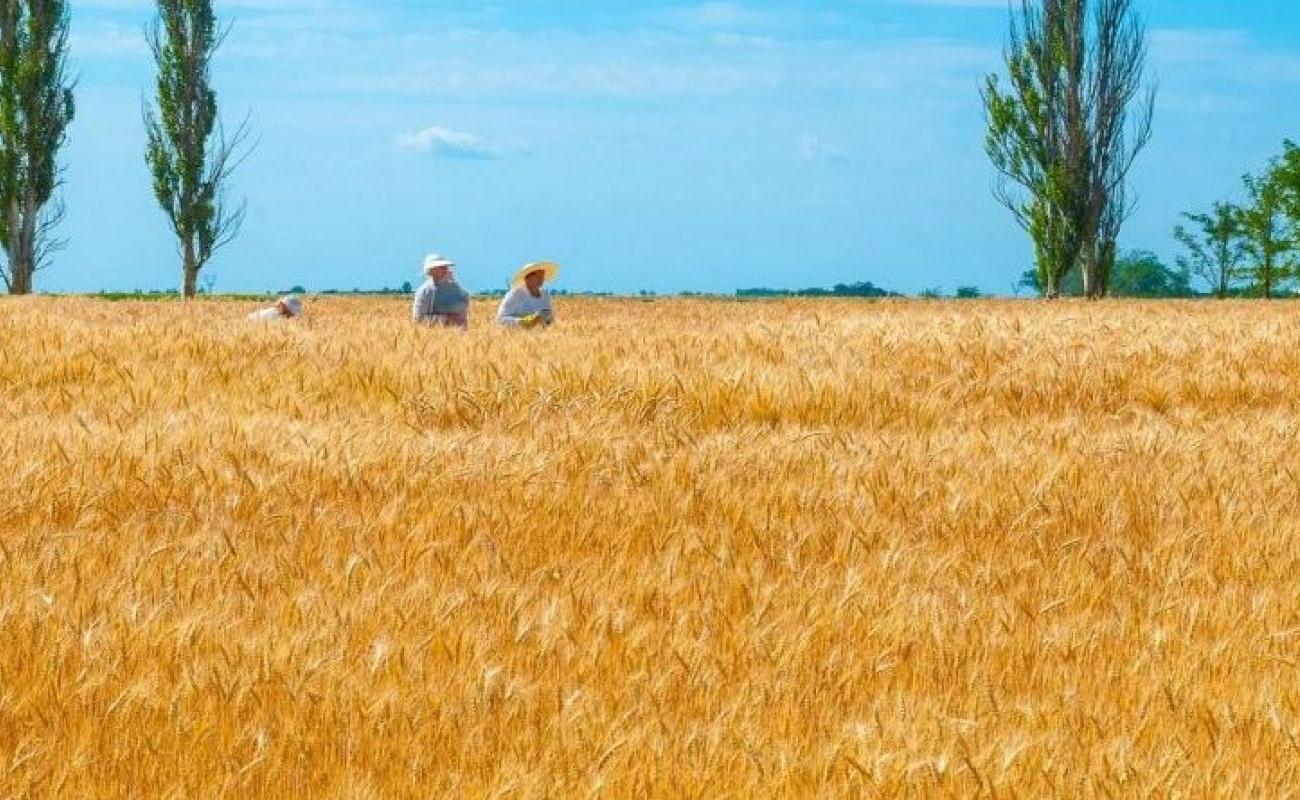Enough for domestic needs and little for export. How much grain did Ukraine lose because of the war?

The sowing campaign in 2022 proved to be the most difficult in the history of Ukraine's independence. But cultivated grain and oilseeds will be enough for domestic demand and partial exports. "
In the spring of 2022, the sowing campaign began in Ukraine in all regions except Lugansk, in part even in areas close to active hostilities. However, sowing is impossible throughout Ukraine. According to our estimates, in 2022, about 14 million hectares have been sown with spring crops - 75 percent of the planned areas.
The biggest losses are in the south, east and northeast. These territories, which are either in the zone of active hostilities (part of Donetsk, Luhansk, Zaporizhia, Kherson and Kharkiv regions), or have already been liberated from occupation, but it is impossible to sow in the fields due to mining and destroyed material and technical bases (part of Kiev, Chernihiv) and Sumy region).
In areas that are not occupied and do not suffer from active hostilities, the main problem of farmers is the provision of resources. During the sowing period, Ukrainian farmers were provided with an average of 40 percent of fuel needs, 60 percent of plant protection products, 75 percent of seeds and 80 percent of fertilizers.
The limiting factor was the lack of financial resources to procure everything needed for sowing. Against the background of almost complete cessation of exports due to the blockade of seaports, farmers are left with products intended for supply abroad and earnings from exports. Now the possibilities of its implementation are limited. Due to that, the farmers were forced to apply for interest-free loans for the purchase of the necessary material and technical means.
In the areas that were temporarily occupied (Kyiv, Chernihiv, Sumy), agricultural producers faced the problem of mined fields. In combat areas, 10 to 15 percent of the fields are contaminated with the remains of grenades and mines, and there are fields blocked due to mines on the roads leading to them.
Mines in the fields became one of the factors that prevented timely sowing. Demining of these areas by the competent services continues, but the process is quite long. Even if the fields were at some distance from active hostilities, there are suspicions that arable land was contaminated with explosive remnants of shelling after shelling. Therefore, the competent services are invited to inspect such areas.
By the end of May, sowing is almost complete, and the main problem for farmers remains the availability of financial resources and physical access to energy for further care of crops and long-term harvest.
The structure of sown areas in 2022 has changed somewhat. Many farmers claimed that they would replace part of the area with corn in favor of sunflowers, soybeans, buckwheat and other cereals. Such changes are due to the fact that maize requires higher investment per hectare compared to other crops, higher drying costs in autumn and higher storage and transport capacity for export, which is extremely limited by rail, road and river transport capacity.
According to the results of the survey of UCAB member companies, in 22 years the sown areas are:
• spring barley - 906 thousand hectares (-32 percent of the total area in 2021)
• corn - 3.8 million hectares (-31 percent)
• sunflower - 4.7 million hectares (-28 percent),
• soybeans - 1.4 million hectares (+ 12 percent)
Despite the increase in sunflower and barley crops in the territory without the occupiers, it is impossible to fully compensate for the loss of these crops in the occupied territories. Sunflower and barley are traditionally grown mainly in the south and east of Ukraine. There are large losses and the area under tomatoes, onions, eggplant, peppers, peas, mustard and melons.
In the occupied territories, farmers are under great pressure. They face theft of supplies, equipment, forced re-registration of companies and threats of retaliation. Accordingly, it is quite difficult to estimate which areas have been sown and what will happen to the harvest in the occupied territories. However, after the deoccupation, products grown on free Ukrainian lands should be sufficient to supply the inhabitants of these regions.
According to UCAB, in 2022 Ukrainian farmers can harvest the following cereals:
• wheat - 18 million tons (2021 - 32.2 million tons)
• corn - 25.7 million tons (42.1 million tons)
• barley - 5.2 million tons (9.4 million tons)
• other cereals - 1.4 million tons (2.3 million tons)
That is, the total grain harvest in 2022 will be about 50.4 million tons compared to 86 million tons in 2021.
Regarding oilseeds in 2022, the following expectations are:
• sunflower - 10.6 million tons (2021 - 16.4 million tons);
• soybeans - 3.0 million tons (3.5 million tons);
• oilseed rape - 2.7 million tons (2.9 million tons).
Of course, these figures are much lower than last year, when the country received a record harvest, but there are objective reasons for that. Gross collection will be reduced both due to the loss of sown areas and due to reduced yields due to partial non-compliance with all technological procedures.
But, in any case, grown cereals and oilseeds will be enough to meet the domestic needs of Ukrainians, as well as partial sales for export. The most important thing is that the export returns to the previous volume and that the farmers have enough financial capacity to carry out the next sowing.
